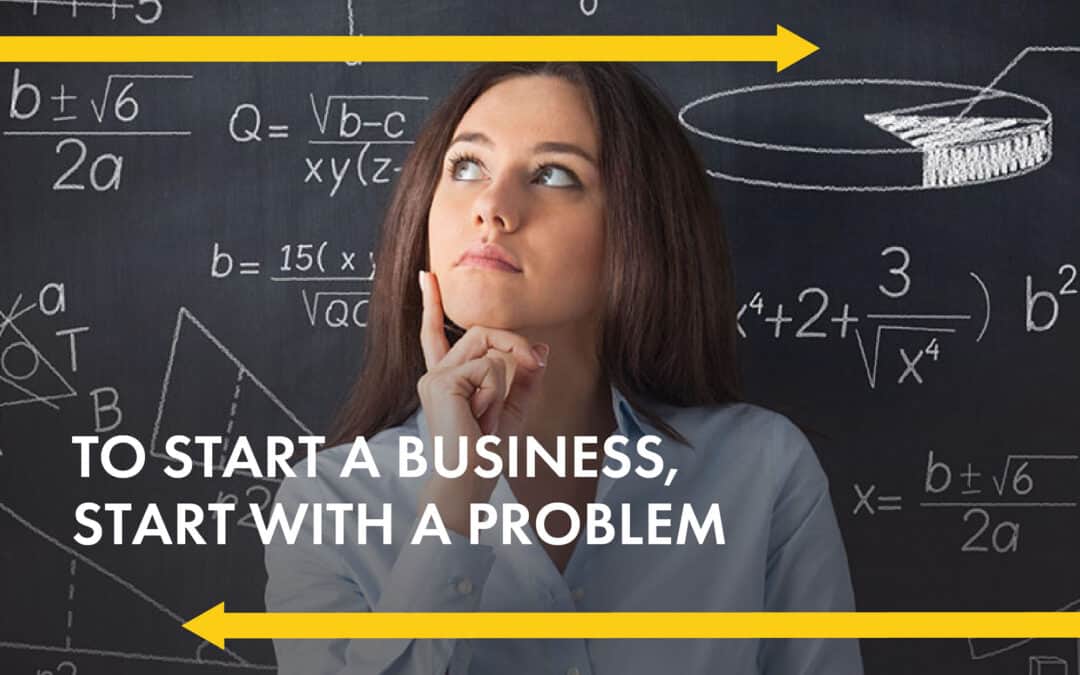Start a Business: Start with a Problem
Many believe that starting a business begins with a grand idea, but in reality, to start a business, you should start with a problem. Successful entrepreneurs often solve pressing problems rather than waiting for a sudden inspiration. The core of starting a business is addressing a real issue that customers are willing to pay to solve.
Discover the Problem: Key to Starting a Business
Effective business ideas often stem from problem discovery. Consider how companies like Uber, Google, and Glassdoor addressed real-world issues. Start by examining familiar areas—your field, community, or personal experiences. For instance, think about challenges you’ve faced in your daily life or work. Many successful businesses, such as Airbnb or Instagram, began as solutions to personal or observed problems.
Tips for Identifying Problems:
- Observe Daily Frustrations: Pay attention to tasks or processes that are inefficient or frustrating.
- Talk to Potential Customers: Engage with people in your target market to understand their pain points.
- Research Industry Trends: Look for gaps or emerging needs in your industry that are not yet fully addressed.
Types of Problems
To identify potential business ideas, focus on these three problem categories:
- Functional Problems: These relate to everyday tasks or processes. Examples include inefficiencies in bookkeeping, difficulties in transportation, or challenges in managing personal finances.
- Social Problems: These involve how we are perceived by others versus how we wish to be seen. Examples might be concerns about social media image or networking challenges.
- Emotional Problems: These address feelings and emotional needs, such as stress management or personal fulfillment.
Apply Design Thinking
Design thinking helps you gain deeper insights into potential clients. Start by empathizing with their problems—whether functional, social, or emotional. Techniques like observing your target market and conducting interviews can provide valuable insights.
- Create Empathy Maps: These maps help you visualize your clients’ hopes, fears, and obstacles, providing a clearer picture of their needs.
- Use IDEO’s Design Thinking Resources: Explore resources from IDEO for more tools and techniques on applying design thinking in your business.
Think Creatively
The problem discovery process should be creative and exploratory. Here’s how to enhance your creativity in this phase:
- Explore New Environments: Step outside your usual surroundings to gain fresh perspectives.
- Brainstorm Extensively: Generate a wide range of ideas and solutions, considering various angles and possibilities.
- Validate Ideas with Consumer Input: Engage directly with potential customers to test and refine your ideas.
Need Assistance?
Ready to turn your problem-solving skills into a successful business? A YES Business Coach can guide you through these steps, from problem discovery to launching your venture. Contact us today to get started!
Contact us today! You got this!

